

Product name : otassium phosphite raw material
Product abbreviation : otassium phosphite raw material
Enterprise store : http://www.fertonline.com/newland
Corporate name : Henan Moer Water Soluble Fertilizer Co., Ltd.
Product form : Water agent
Content : 00-520-340+TE、00-400-530+TE Monthly production : 1000T
Packaging : vat
Product description : product description: Potassium phosphite is not only a 3+phosphorus phosphate potassium fertilizer, but also a systemic fungicide, which will not produce resistance when used repeatedly. It is a kind of fungicide and a kind of high potassium foliar fertilizer. Prevent orange canker disease and solve the phenomenon of premature aging and early death during potato growth. Raise roots, promote flowers, preserve fruit, expand fruit, promote coloring, increase fruit powder, curb the length of production, promote the maturity of young shoots and young leaves, have a good inhibitory effect on fungi and bacteria, and can improve the systemic disease resistance of crops. Promote stress resistance, strong mixing and high safety, and can be mixed with calcium fertilizers and most pesticides. Characteristics of potassium phosphite: 1. Potassium phosphite is systemic, can conduct up and down in the plant body, absorb it in both directions, and has both protection and treatment It has the effect of eradicating, and can be mixed with other compounds (including copper preparations), and can be matched with calcium fertilizers. 2. The phosphorus in potassium phosphite is +3 valence phosphorus, which can effectively prevent and cure diseases. Diseases such as canker, downy mildew, frost blight, bacterial wilt, wilt and root rot greatly improve the disease resistance and stress resistance of crops. 3. Potassium phosphite can adjust the opening and closing of stomata, promote the aging of new shoots and young leaves and turn green of young fruit. It is safe to use in the spring and young fruit period and will not cause phytotoxicity to young fruit. 4. Potassium phosphite can promote the differentiation of flower buds, make the flower buds plump, and significantly increase the fruit setting rate. 5. Potassium phosphite can increase the activity of plant tissue ATPase and provide a high-efficiency energy source for cell division. The young fruit turns green quickly, the fruit is large, the sweetness is high, and the quality is good. 6. Potassium phosphite is a special source of phosphorus + trivalent phosphorus (phosphorous acid), which has good mobility and strong systemic absorption. It can be transmitted up and down in the plant body, and it can also be quickly absorbed when sprayed on tree stems. 7. The +3 valence phosphorus in potassium phosphite is not easy to fix in the soil, it is easy to be absorbed and has a high absorption and utilization rate. Potassium phosphite can be transported in two ways in the plant body: the trivalent can be transported in both directions through the xylem and phloem, and the absorption rate is faster than that of phosphorous in the phosphate state. It has a good effect of promoting roots, promoting the expansion of crops and improving the quality. At the same time, trivalent phosphorus not only has a good inhibitory effect on fungal diseases such as phytophthora, downy mildew and powdery mildew, but also has a significant inhibitory and control effect on bacterial diseases, inducing continuous immunity to pathogenic fungi and bacteria. Therefore, the use of phosphorous acid to prevent citrus canker can reduce the use of pesticides, maintain ecological balance, ensure food safety, and ensure the sustainable development of agriculture. Phosphorous acid resistance mechanism: The disease resistance of phosphorous acid is an acquired systemic disease resistance, also known as induced systemic disease resistance. It is a kind of broad biological control. After applying phosphorous acid to crops, it can be absorbed by plant leaves and roots. Sent to the plant body to exert its direct bactericidal function, and at the same time activate the disease-resistant defense system, waiting for pathogens to invade When planting, it stimulates the plant to produce plant defensins to produce disease resistance. When pathogens invade, pathogens Bacteria can be attacked by phosphite, so that part of the pathogen is controlled. At this time, the pathogen is also recognized by plant cells Recognition, and phosphite activates the defense system to produce plant resistance and PR protein, which directly attack pathogens , And will issue a warning to call on other cells that have not yet been invaded to activate the defense system, which in turn increases polysaccharides The extra protein strengthens the cell wall so that pathogenic bacteria will be suppressed or killed by the plant's response. The accumulation of phytoalexins is a typical defense response, and the application of potassium phosphite can promote plant protection in plants The increase in the accumulation of vitamins, that is, potassium phosphite can activate phytoalexins to participate in plant defense responses, while chitin Enzymes and glucanases are other components of plant defense reactions and belong to disease-related proteins, and these enzymes Crop leaves, surface wounds or plant infections accumulate and increase the disease resistance of crops to canker. Comprehensive manifestations of potassium phosphite prevention and treatment of ulcer disease: 1. Potassium phosphite was diluted 600 times and the lesions did not spread after 15 days. 2. Potassium phosphite has good compatibility and can be used together with copper preparations without precipitation and phytotoxicity. 3. Potassium phosphite can accelerate the maturation of new shoots. It is safe to use in the spring shoots and young fruit stages and will not cause phytotoxicity to young fruit. 4. Potassium phosphite has a significant effect in preventing ulcer disease, and the effect of singles is obvious. If the ulcer disease outbreak is serious, it is recommended to use it with copper preparations. Instructions: Potassium phosphite can be used all year round 1. This product is diluted 1000 times, which can promote the differentiation of flower buds and the color of swollen fruit. 2. This product is diluted 600 times and can be used together with copper preparations. Can be used in the spring shoot and young fruit period To speed up the maturity of the new shoots can also speed up the greening of the young fruit and prevent the occurrence of canker. Main effects of applicable crops: Peppers and leafy vegetables: improve quality, improve disease tolerance, reduce undigested nitrogen, and promote nitrogen absorption. grape :Improve sugar content, promote color change, promote flower bud differentiation, expand fruit color, and reduce downy mildew powdery mildew. Tomatoes and strawberries: Promote flower bud differentiation, preserve flowers and fruits, expand fruits and color, improve late blight, root rot, Disease resistance of gray mold. Fruit trees, citrus: promote flower bud differentiation, promote fruit, flower bud uniformity, and promote color And sugar accumulation; promote the ripening of new shoots and turn green of young fruit. Control citrus canker disease and significantly increase the commodity Fruit rate. Flowers: strong stems and leaves, full flower buds, disease prevention. Melons: promote flower buds, promote fruit expansion, increase sugar content, improve High resistance to downy mildew and powdery mildew.
-

Product name : Special additives for flight control (Jagale)
Product abbreviation : Special additives for flight control (Jagale)
Product form : Water agent
Product content : Flight control additives
-
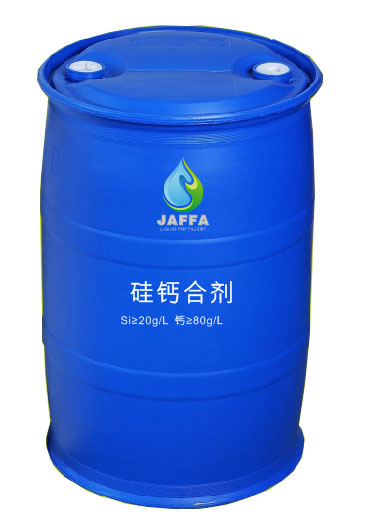
Product name : Sugar alcohol silicon calcium mixture
Product abbreviation : Sugar alcohol silicon calcium mixture
Product form : Water agent
Product content : Si≥20g/L、Ca≥80g/L
-
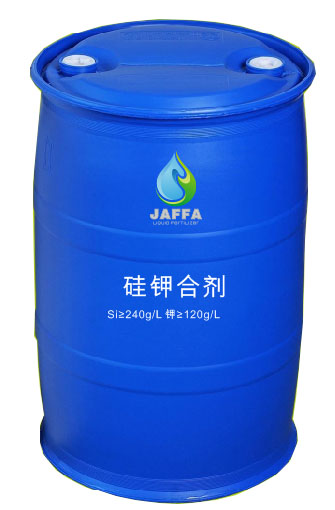
Product name : Sugar alcohol silicon potassium raw material
Product abbreviation : Sugar alcohol silicon potassium raw material
Product form : Water agent
Product content : Si≥240g/L、钾≥120g/L
-
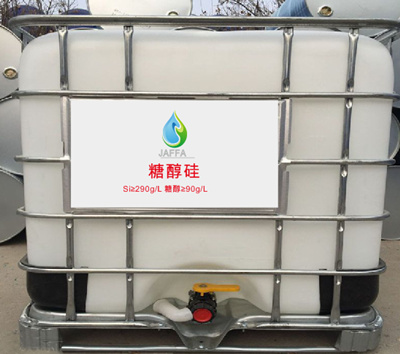
Product name : Sugar alcohol silicon raw materials
Product abbreviation : Sugar alcohol silicon raw materials
Product form : Water agent
Product content : Sugar alcohol silicon raw materials
-
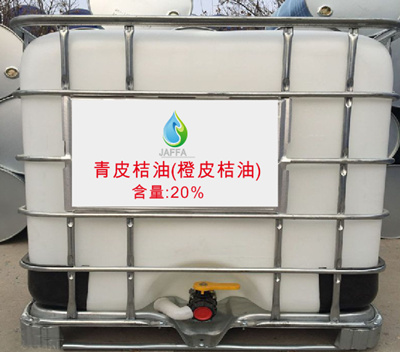
Product name : 20% orange peel essential oil raw material
Product abbreviation : 20% orange peel essential oil raw material
Product form : Water agent
Product content : 20%
-
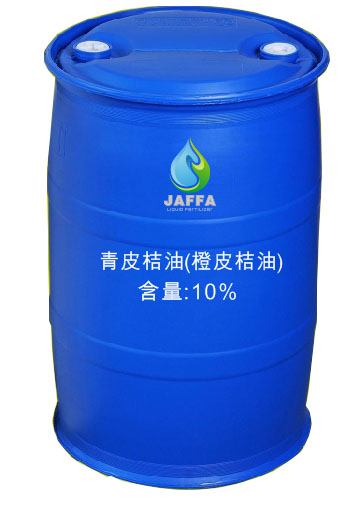
Product name : 10% content orange peel essential oil raw material
Product abbreviation : 10% content orange peel essential oil raw material
Product form : Water agent
Product content : 10%
-

Product name : 5% content orange peel essential oil raw materia
Product abbreviation : 5% content orange peel essential oil raw materia
Product form : Water agent
Product content : 5%
-
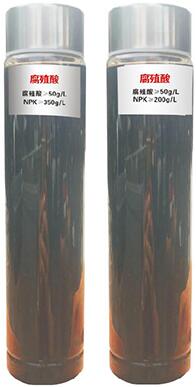
Product name : Humic acid liquid fertilizer raw materials
Product abbreviation : Humic acid liquid fertilizer raw materials
Product form : Water agent
Product content : Humic acid≥50g/L, NPK≥200g/L Humic acid≥50g/L, NPK≥350g/L
-
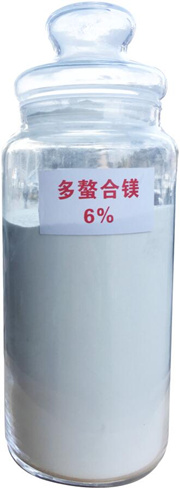
Product name : EDTA chelated magnesium raw material
Product abbreviation : EDTA chelated magnesium raw material
Product form : powder
Product content : ≥6%
-
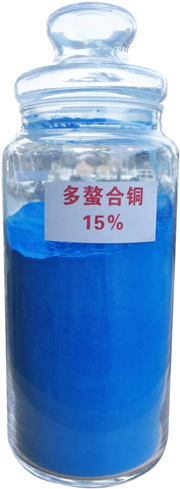
Product name : EDTA sequestered copper raw material
Product abbreviation : EDTA sequestered copper raw material
Product form : Water agent
Product content : ≥15%
Products

